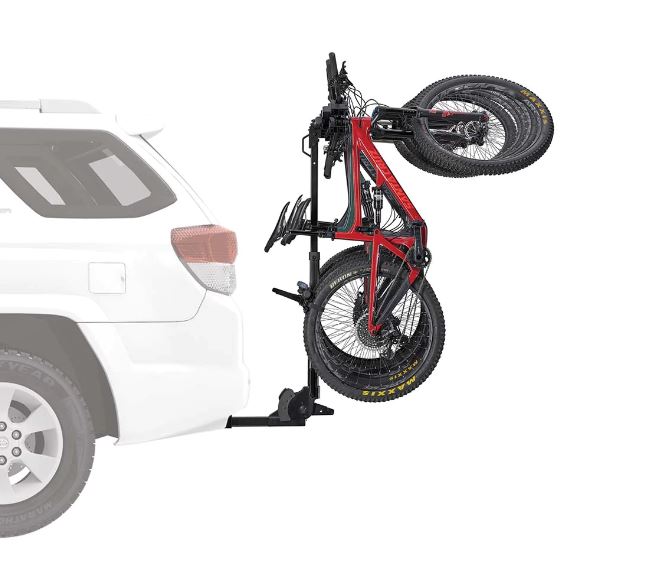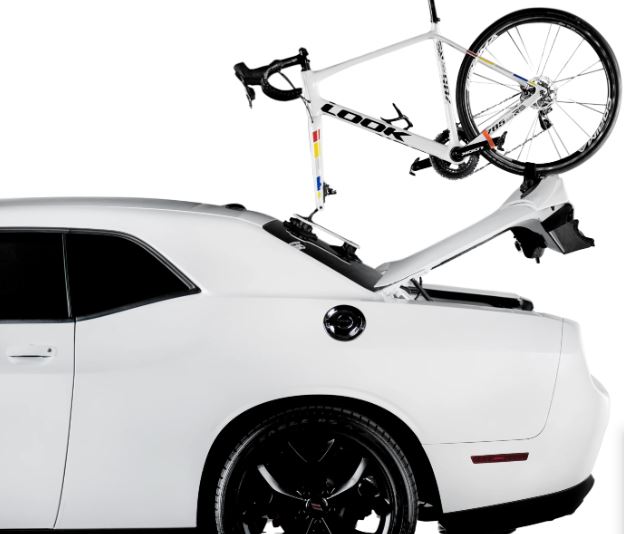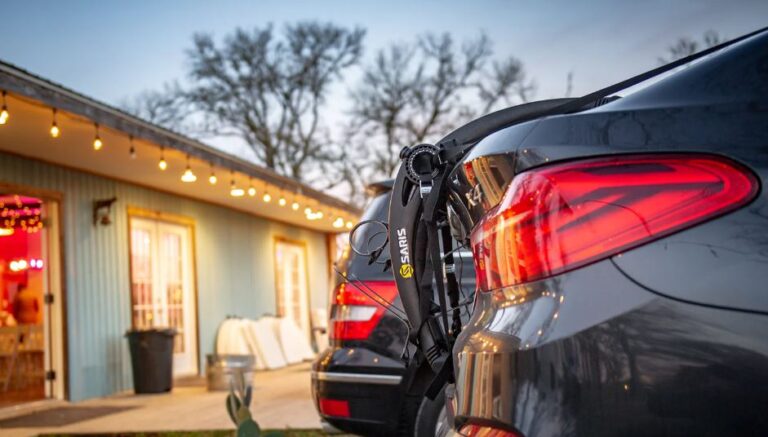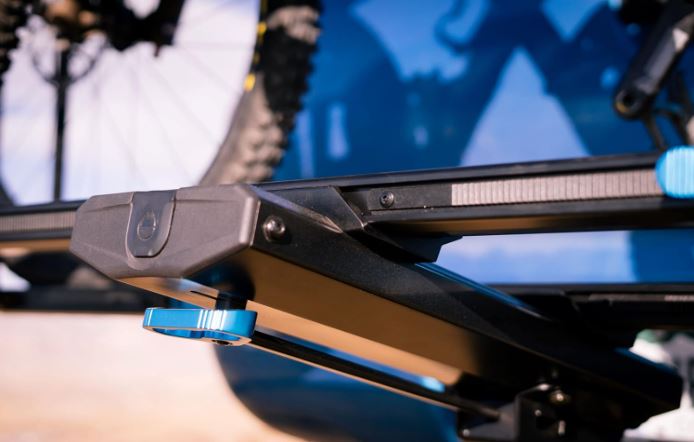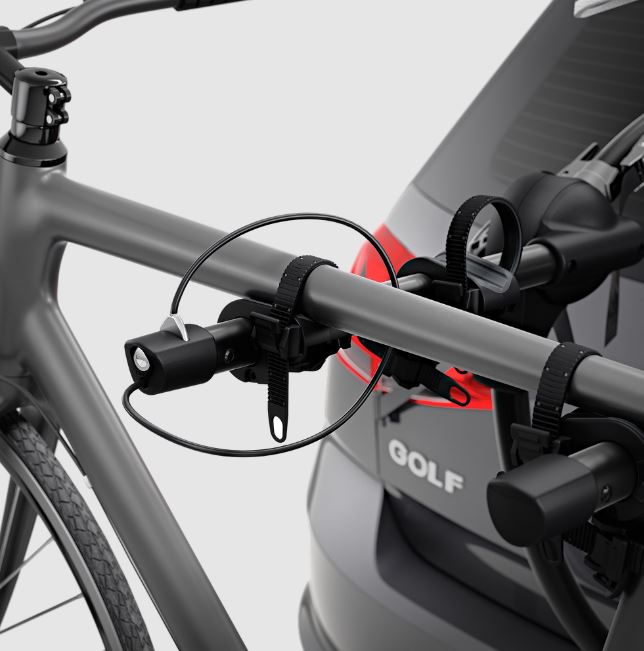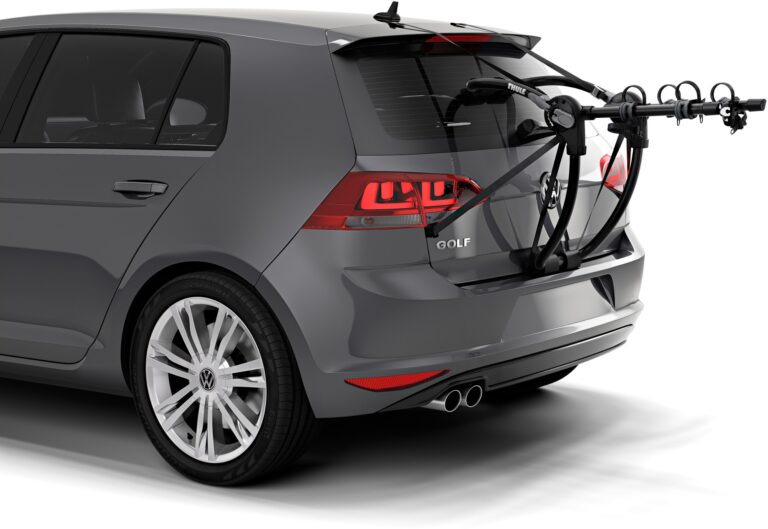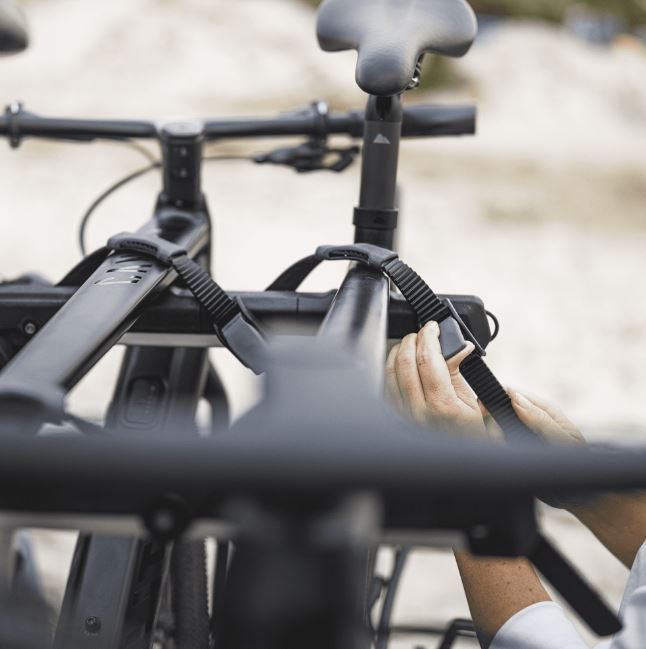Secure and Go: How to Secure Bikes on a Rack
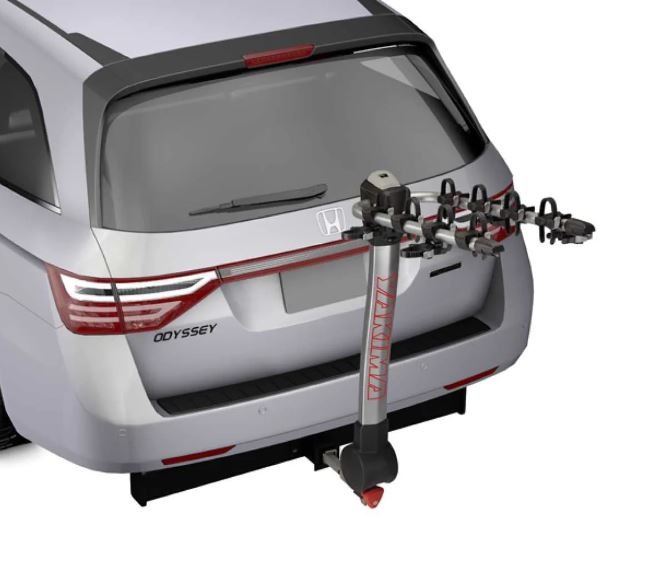
Key Point Summary of How to Secure Bikes on a Rack:
- Select the Right Rack: Compatibility with your vehicle and bike type is crucial.
- Understand the Rack’s Features: Familiarize yourself with the rack’s locking mechanisms and how they’re designed to secure bikes.
- Use Additional Locks: For added security, supplement built-in locks with external locks, especially for longer trips or higher theft areas.
- Check Stability Before Departing: A quick shake test can ensure everything is securely fastened.
- Regular Maintenance: Regularly inspect your rack and locking mechanisms for wear and tear.
Securing bikes on a rack is an essential skill for any cyclist, from those just starting out to seasoned racers. Throughout my cycling journey, from the rugged trails on my mountain bike to the demanding courses on my gravel and cyclocross bikes, I’ve learned the importance of ensuring my bikes are safely and securely transported.
A bike not properly secured can lead to damage to your bike, vehicle, or even pose a danger to others on the road. Here, I share insights into effectively securing bikes on a rack, drawing from a wealth of experience across various cycling disciplines.
Select the Right Rack
The foundation of bike safety during transport starts with selecting a suitable rack. The type of rack (hitch-mounted, roof-mounted, trunk-mounted) should not only be compatible with your vehicle but also suitable for the specific types of bikes you’re transporting. For example, heavier mountain bikes might be best suited for a sturdy hitch-mounted rack.
Understand the Rack’s Features
Once you’ve chosen the right rack, take the time to understand its specific features, particularly its locking mechanisms. Most modern racks come equipped with some form of built-in lock designed to secure the bike to the rack, whether it’s a cable lock, arm clamp, or wheel holder. Knowing how to properly use these features is key to ensuring your bike is secured correctly.
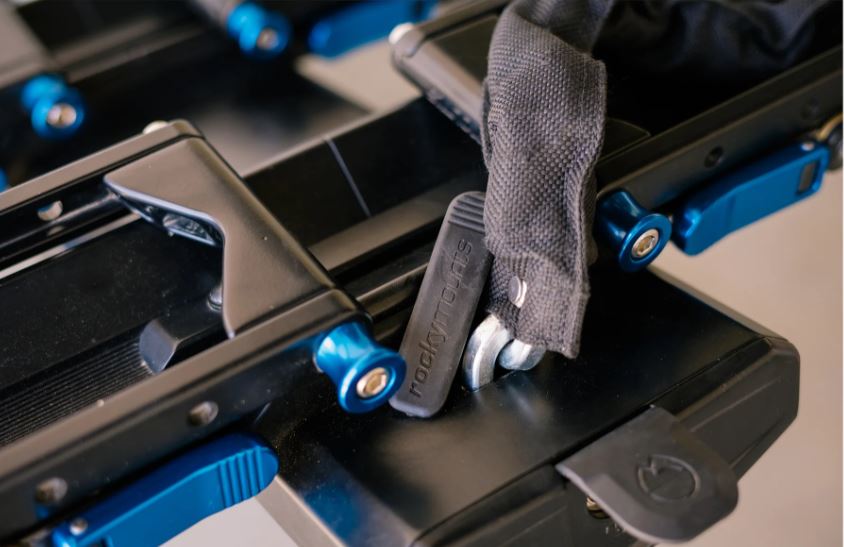
Use Additional Locks
Even if your rack comes with built-in locks, I always recommend using additional locks, especially for long trips or when parking in areas known for bike theft. A sturdy U-lock or a heavy-duty chain lock can provide an extra layer of security, deterring would-be thieves. Lock the frame and wheels to the rack, and if possible, secure the rack itself to the vehicle.
Check Stability Before Departing
Before you start your journey, it’s crucial to check the stability of the bike on the rack. Give it a gentle shake to ensure it’s firmly in place and there’s no excessive movement. All straps, arms, and locks should be tightly secured, and the bike shouldn’t come into contact with the vehicle, preventing any potential damage.
Regular Maintenance
Like any equipment, bike racks and locks require regular maintenance to function correctly. Periodically check for signs of wear and tear, especially on straps, locks, and moving parts. Make sure bolts and screws are tight, and replace any parts that show signs of damage or corrosion.
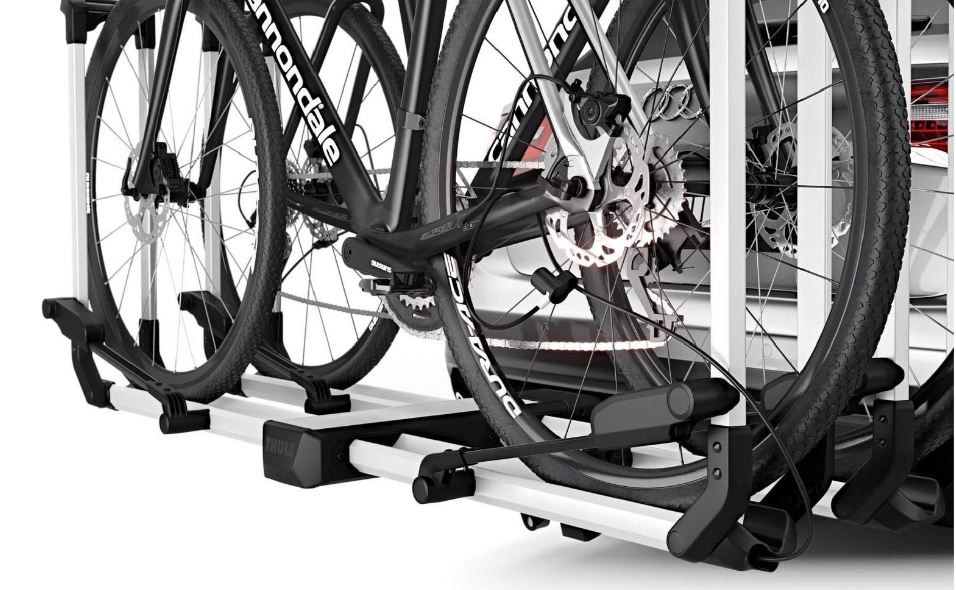
In Conclusion
Securing bikes on a rack is a critical aspect of cycling that goes beyond mere convenience. It’s about protecting your investment in your bikes and ensuring the safety of everyone on the road. By selecting the right rack, utilizing its security features to their fullest, supplementing with additional locks, and conducting regular checks and maintenance, you can rest assured that your bikes will remain safe and secure, wherever your cycling adventures may take you.
One of the best bike racks on the market, known for its reliability, ease of use, and security features, is the Thule T2 Pro XT.
Thule T2 Pro XT
- Why It Stands Out: The Thule T2 Pro XT is celebrated for its robust build and user-friendly design, accommodating a wide range of bike types and sizes without the need for frame contact. It’s a hitch-mounted rack, ensuring stability and ease of loading and unloading bikes.
- Key Features:
- Tool-free AutoAttach installation to the hitch receiver.
- Ability to carry up to 4 bikes with the add-on (sold separately) and fits 20 – 29-inch wheels and up to 5-inch tires without adapters, making it ideal for road, mountain, and fat-tire bikes.
- Integrated cable lock and a hitch lock for added security.
- The rack tilts down for rear vehicle access and folds up when not in use.
Its combination of durability, versatility, and security features makes the Thule T2 Pro XT a top choice for cyclists looking for a high-quality bike transportation solution.
Happy Riding!
John
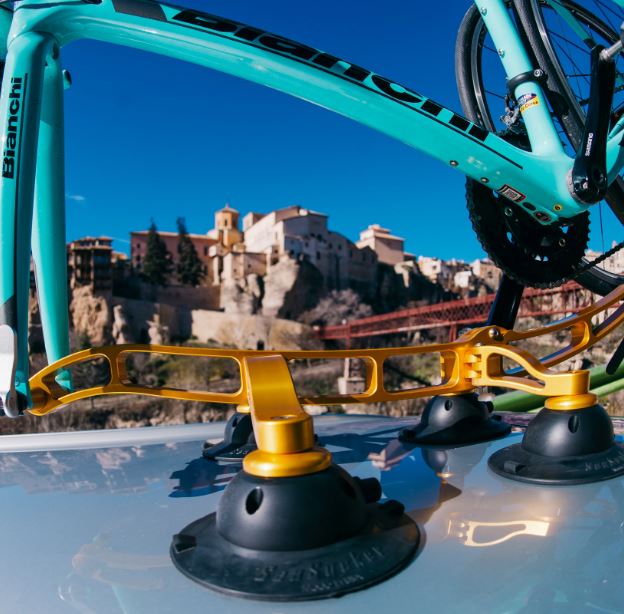
FAQ
How do I secure my bike to a bike rack?
Secure your bike to a rack by positioning it according to the rack’s design (frame or wheel support), using the provided arms, straps, or cradles to hold it in place. Lock the bike to the rack with integrated locks or additional cable or U-locks through the frame and wheels for extra security.
How do you attach a bike to a rack?
Attach a bike to a rack by lifting it onto the rack and placing it into the designated supports. Secure the bike by closing and locking the frame or wheel supports. Ensure the bike is stable and doesn’t touch other bikes or the vehicle.
How do you secure a bike wheel on a rack?
Secure a bike wheel on a rack by using the rack’s wheel straps or cradles. Adjust them to fit the size of your wheels and tighten securely to prevent movement. For racks with wheel trays, make sure the wheels are seated deeply and the straps are snug.
How do I keep my bike from swinging on the rack?
Prevent your bike from swinging on the rack by ensuring it’s securely fastened at multiple points, including the frame and wheels. Use anti-sway cradles or additional straps if available. For added stability, evenly distribute the weight and ensure all bikes are tightly secured against each other or the rack’s pads to minimize movement.
